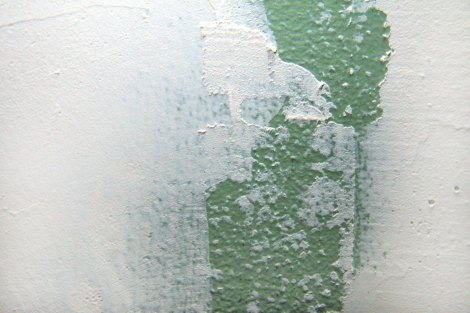Preparation is the Secret to a Great Tiled Finish
If you are reasonably competent at DIY then tiling your own walls or floor should be a fairly straightforward home improvement task; of course, some aspects of tiling are harder than others – if you choose large porcelain tiles for an awkward space you may find cutting them to shape a nuisance but, providing you have made a sensible choice for your room and your own capabilities then there is no reason why an amateur cannot achieve a professional-looking finish.
But the secret to that professional finish starts well  before you pick up the first tile –in fact, it should start before you have even chosen or bought the tiles. Don’t be tempted to skimp on the preparation stage or you will live to regret it. Poorly installed tiles (or rather those installed on a poorly prepared surface) can lift and crack and, particularly in bathrooms or wetrooms will let water seep behind them which can lead to the worst problem of all – leaks.
before you pick up the first tile –in fact, it should start before you have even chosen or bought the tiles. Don’t be tempted to skimp on the preparation stage or you will live to regret it. Poorly installed tiles (or rather those installed on a poorly prepared surface) can lift and crack and, particularly in bathrooms or wetrooms will let water seep behind them which can lead to the worst problem of all – leaks.
No matter how skilled you are, how good your tools are and how high the quality of your tiles these will all count for nothing if the substrate isn’t right before fixing the tiles in place. So make sure you spend plenty of time preparing the underlying surface so that the tiles will lie completely flat and stick properly.
Here are the preparation steps you will need to follow:
- Chip off any old pieces of tile, grout or adhesive with a chisel
- Remove any old nails or screws that are protruding out of the
 surface
surface - Clear off any loose sections of plaster
- Remove any flaking paint and old wallpaper
- Now use a stiff brush to remove any remaining loose particles of dust and grit
- Next, fill all the holes and wide cracks with a waterproof filler
- When the filler is dry, sand the repaired areas to level the surface
Then use a straight wooden batten or a long spirit level (1.5m in length) to check that the surface is level. If there are any significant gaps then you will need to apply more filler; but any gap less than 5mm can be corrected by the use of additional tile adhesive.
Now vacuum the room thoroughly, clean all the surfaces to be tiles with a damp cloth, and, finally, apply an acrylic primer to any bare plaster and to the filled areas.
Some things to watch out for are new plaster and bare brickwork or blockwork: if you are tiling over completely new plaster then you should leave it for at least a month to dry out before tiling. If you have a bare brick wall them tile backer board will need to be installed before tiling as brocks are generally too uneven to result in a good finish.
Ask your tile supplier for their recommendations for the bext adhesive and rout for your selected tiles and now you are ready to install your chosen natural stone tiles, porcelain tiles or ceramic tiles.




Recent Comments